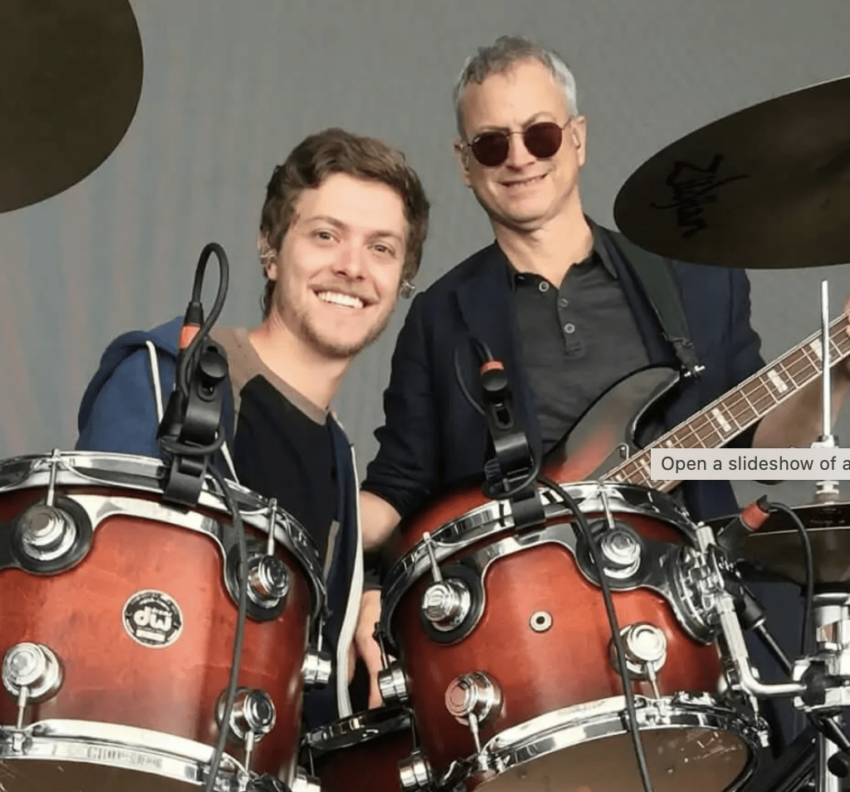PAGE SIX – Actor Gary Sinise’s son, McCanna “Mac” Sinise, has died of cancer at age 33.
Mac died on Jan. 5, 2024, following a five-and-a-half-year battle with a rare form of cancer called chordoma.
“Like any family experiencing such a loss, we are heartbroken and have been managing as best we can. As parents, it is so difficult losing a child. My heart goes out to all who have suffered a similar loss, and to anyone who has lost a loved one,” the Emmy Award winner wrote.
“Over the years I have met so many families of our fallen heroes,” he continued referencing his foundation’s work with veterans. “It’s heartbreaking, and it’s just damn hard.”
The “CSI: NY” actor revealed that Mac was first diagnosed with cancer in August 2018, just months after Gary’s wife, Moira Harris, was diagnosed with stage 3 breast cancer.
…article continued below
– Advertisement –
Gary called the double diagnosis “a real punch in the gut” and immediately went online to learn about chordoma, calling it a “one in a million cancer” that originates in the spine and affects “on average, only 300 people in the U.S. per year.”
Mac had surgeries in 2018 and the following year, only to learn that the cancer had returned and was spreading. After undergoing several more surgeries, Mac was confined to a wheelchair … READ MORE.
Chordoma
Mayo Clinic, Diseases and Conditions
Chordoma is a rare type of bone cancer that happens most often in the bones of the spine or the skull. It most often forms where the skull sits atop the spine (skull base) or at the bottom of the spine (sacrum).
Chordoma begins in cells that once made up a collection of cells in the developing embryo that go on to become the disks of the spine. Most of these cells go away by the time you’re born or soon after. But sometimes a few of these cells remain and, rarely, they can become cancerous.
…article continued below
– Advertisement –
Chordoma happens most often in adults between 40 and 60, though it can happen at any age.
Chordoma usually grows slowly. It can be difficult to treat because it’s often located very close the spinal cord and other important structures, such as arteries, nerves or the brain.
